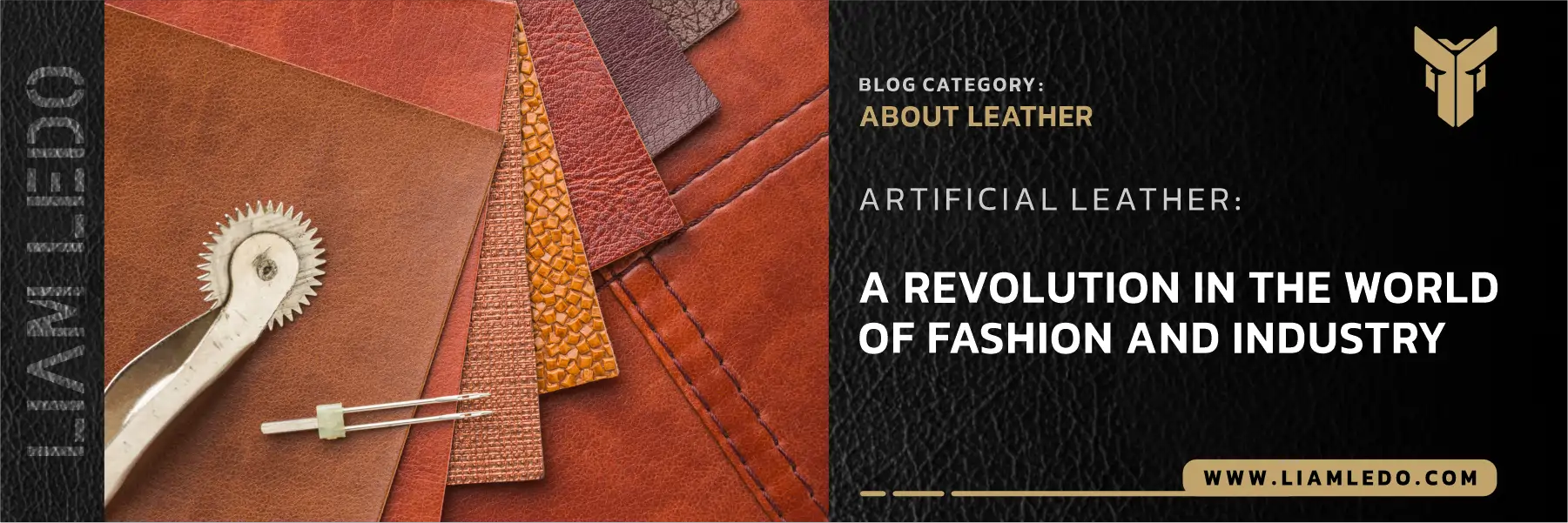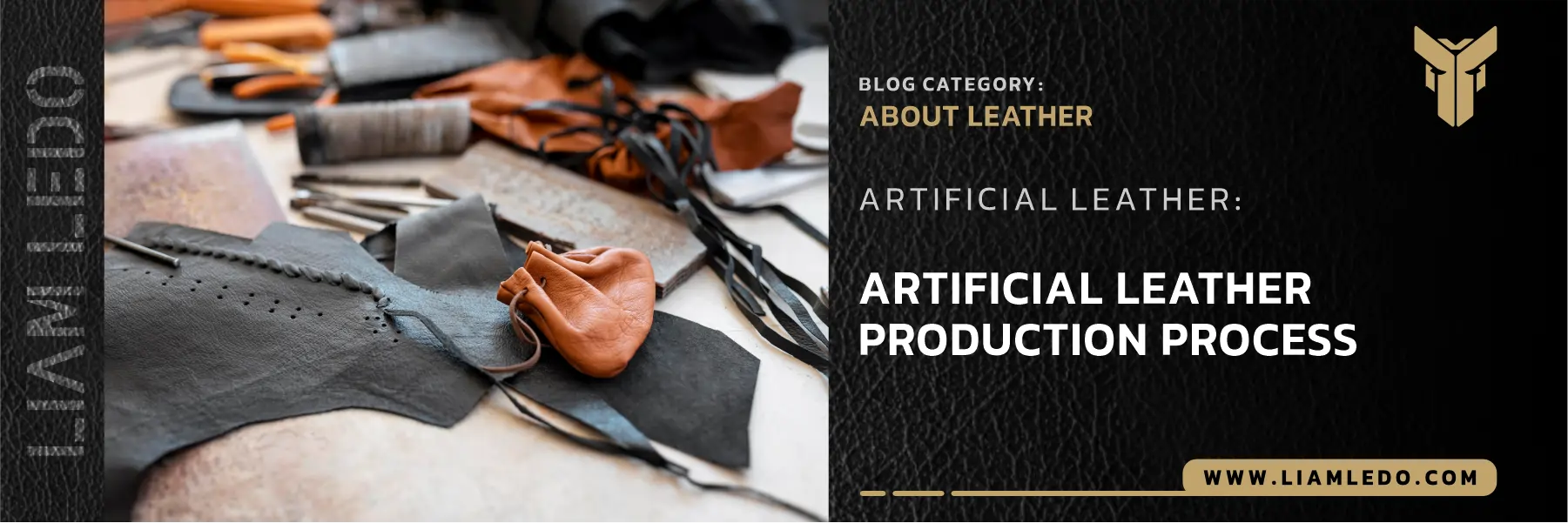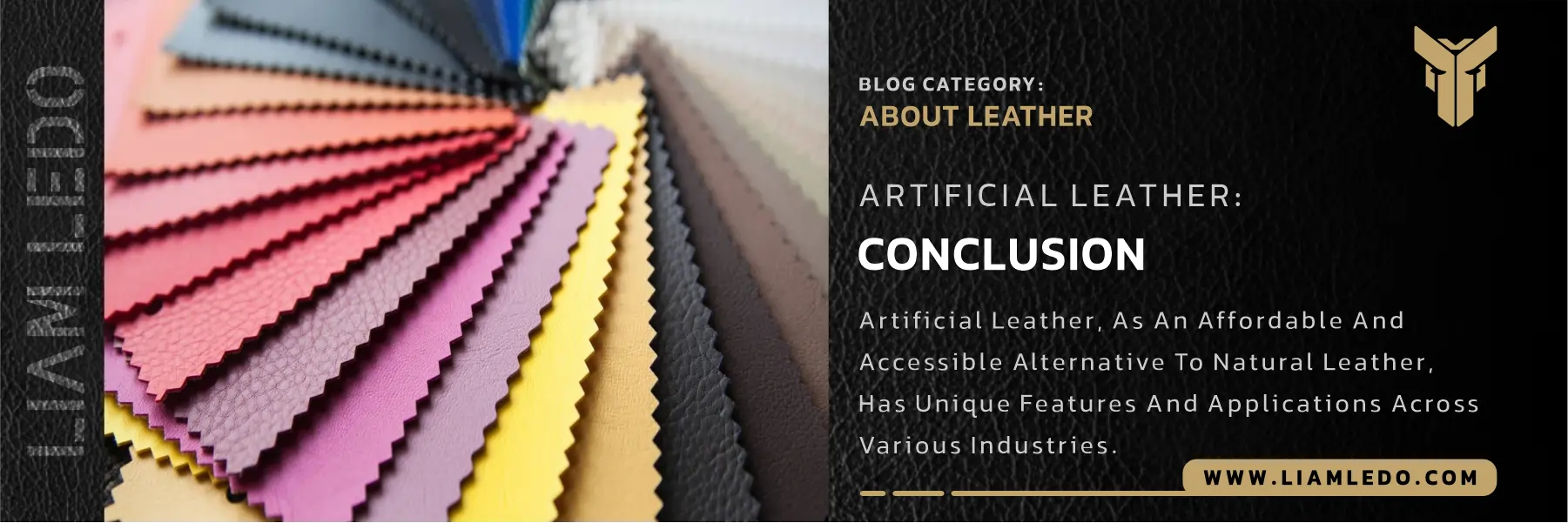Synthetic Leather Upholstery Review: The Rise of Faux Leather in Fashion and Interiors

A Revolution in the World of Fashion and Industry
Synthetic leather, also known as faux leather, vegan leather, or artificial leather, has become a leading alternative to natural leather in industries ranging from fashion to furniture and automotive design. In this synthetic leather upholstery review, we’ll explore the different types, manufacturing processes, advantages, disadvantages, and widespread applications of synthetic leather—especially in upholstery and consumer products.
Learn more about leather and make better choices:
1. What Is Synthetic Leather?
Synthetic leather refers to a man-made material engineered to mimic the look, feel, and performance of real leather. Unlike genuine leather, which is derived from animal hides, synthetic leather is manufactured using plastic-based or fiber-based components, making it a cruelty-free and cost-effective alternative.
Historical Background:
The history of synthetic leather dates back to the early 20th century when industrial designers sought alternatives to expensive and ethically controversial natural leather. The first synthetic leathers were made from PVC (polyvinyl chloride), followed by innovations such as PU (polyurethane) and microfiber leather, which offer improved texture, flexibility, and sustainability.
2. Types of Artificial Leather:
Synthetic leather is generally categorized into two main types:
- Plastic-Based Synthetic Leather:
PVC Leather:
PVC leather was among the earliest forms of synthetic leather. It is water-resistant, durable, and widely used in budget furniture and automotive interiors.
- Pros: Low cost, waterproof, easy to clean.
- Cons: Low breathability, less soft compared to real leather.
- PU Leather
PU leather is softer and more flexible than PVC. It mimics the appearance of natural leather more effectively and is commonly used in vegan leather handbags, shoes, and jackets.
- Pros: Improved breathability, soft texture, more realistic appearance.
- Cons: Slightly less durable over time and may wear faster in high-use areas.
- Fiber-Based Synthetic Leather:
Microfiber Leather
Microfiber leather is manufactured from ultra-fine synthetic fibers woven tightly and coated with polyurethane. It is considered one of the most advanced types of faux leather.
- Pros: High durability, breathability, excellent comfort, and wear resistance.
- Cons: More expensive and requires more delicate maintenance.
- Use cases: Frequently highlighted in microfiber faux leather jacket reviews and luxury car interiors.
- Nano Leather:
Nano leather combines natural fibers like cotton with nanotechnology to deliver a soft, flexible, and premium feel. It is mostly used in high-end products.
- Pros: High-quality texture, stain-resistant, eco-friendly.
- Cons: Higher price point compared to other synthetic leathers.

3. Synthetic Leather Production Process:
The production of synthetic leather varies by type but generally includes these steps:
- PVC and PU Leather:
Material Preparation: Raw materials like PVC or PU resins are mixed with additives. - Layering: The mixture is applied to a base fabric (often polyester or cotton).
- Curing and Finishing: Heat and pressure are applied to stabilize the material and emboss a leather-like texture.
- Microfiber Leather
- Fiber Weaving: Microfibers are densely woven to form a fabric base.
- Coating: Polyurethane or other protective coatings are applied.
- Texturing: Surface treatments add the final leather-like appearance and feel.
4. Advantages of Synthetic Leather:
Synthetic leather upholstery is now preferred in many applications due to its functional benefits. This synthetic leather upholstery review highlights the following advantages:
- Cost-Effective: Much more affordable than natural leather, especially for large-scale upholstery projects.
- Design Versatility: Available in a wide range of colors, grains, and finishes.
- Durability: Particularly in microfiber variants, synthetic leather offers excellent abrasion and stain resistance.
- Low Maintenance: Cleaning synthetic leather is easy and efficient. Numerous resources, such as how to clean faux leather furniture guide, offer care tips.
- Animal-Friendly: 100% cruelty-free, which appeals to environmentally conscious consumers.
5. Disadvantages of Synthetic Leather:
Despite its advantages, synthetic leather has a few limitations:
- Limited Breathability: Especially in PVC-based materials, which can feel hot and less comfortable.
- Environmental Concerns: Some variants, especially those made from plastics, raise sustainability issues.
- Shorter Lifespan: May not age as gracefully as high-quality natural leather.
- Tactile Difference: Some consumers prefer the natural feel and scent of genuine leather.
That said, new materials such as eco-friendly polyurethane leather alternatives are addressing many of these concerns.
6.Applications of Synthetic Leather:
Synthetic leather’s widespread use is a testament to its versatility.
- Fashion and Accessories:
Used in jackets, shoes, bags, and belts, synthetic leather is a favorite in fashion. Best vegan leather handbags affiliate collections often feature PU or microfiber leather due to their soft touch and refined finish. - Automotive Interiors:
Car manufacturers utilize synthetic leather for seat upholstery, dashboards, and trim. Its resistance to wear and UV rays makes it ideal for high-traffic vehicle interiors. - Furniture and Home Décor:
One of the most common applications covered in this synthetic leather upholstery review is home furniture. Sofas, armchairs, headboards, and dining chairs often use PU or microfiber leather.
Benefits: Easy to clean, cost-effective, customizable look.
Recommended for: Families, rental properties, commercial interiors.
- Industrial and Commercial Use
Synthetic leather is found in:
- Protective clothing
- Travel gear
- Waterproof covers
- Office furniture
Its lightweight nature and resistance to moisture make it suitable for demanding environments.

Conclusion:
This synthetic leather upholstery review concludes that faux leather has successfully evolved into a durable, affordable, and ethical alternative to natural leather. Whether you’re comparing microfiber leather vs genuine leather or searching for eco-friendly vegan leather brands, the options today are extensive and refined.
From interior design to fashion, synthetic leather delivers performance and aesthetics at a competitive price. While it’s not a perfect substitute for high-end genuine leather, advancements in technology are closing the gap quickly.
For shoppers seeking sustainability, style, and savings, synthetic leather is a smart and modern choice.
Source: The Gentleman’s Gazette | Wikipedia







